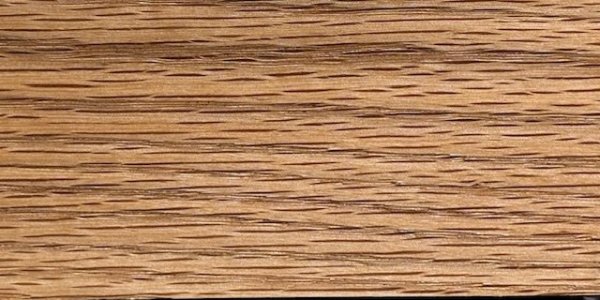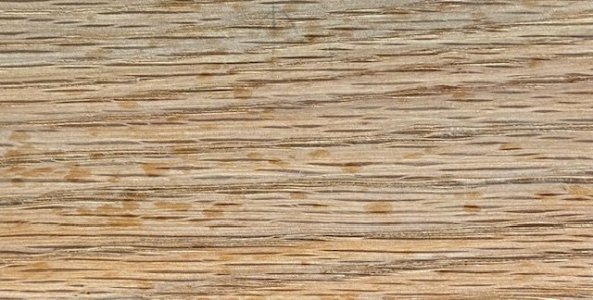Mike Goetzke
Member
- Joined
- Jul 12, 2008
- Messages
- 1,175
I work out of my attached garage so for the past 20 years or so I have been using WB products with my HVLP system. I have exclusively used Target Coatings but have had a few issues that make me want to look elsewhere. The last issue was on a medicine cabinet I built. It was built to match a vanity and tall cabinet I made. I used Minwax Natural oil based stain and topcoated the vanity & tall cabinet with Emtech EM9300 - no issues. Nowe I was running low with the 9300 so thought I'd use two build up coats of EM6000 I had and then apply two coats of EM9300. The web site claims they are compatible if you let it dry for 1/2 a day. My stained pieces have been sitting/drying for 2-3 weeks. I tested the EM6000 on the backside of the cabinet and it looked fine. Then I spray one side of the doors & shelves but sprayed the whole cabinet. I go away for 45 minutes and go back to spray the other sides and the pieces seemed pale. The EM6000 seems to have removed the color of the stain! I originally stained before assembly so now that I have to re-sand and stain the corners will never look as good as they could have.
I laugh at it now but several years ago I built a sewing table for my daughter. She wanted pink! So I got some WB stain and checked with the stain supplier and Target coatings to see if they were compatible. Both assured me I was good to go. Well, after applying the topcoat all my beautiful components turned bright orange! I was able to recover by buying dye that I could put in the finish itself.
So I'm on the hunt for a new brand of finishes.
I laugh at it now but several years ago I built a sewing table for my daughter. She wanted pink! So I got some WB stain and checked with the stain supplier and Target coatings to see if they were compatible. Both assured me I was good to go. Well, after applying the topcoat all my beautiful components turned bright orange! I was able to recover by buying dye that I could put in the finish itself.
So I'm on the hunt for a new brand of finishes.


